Introduction
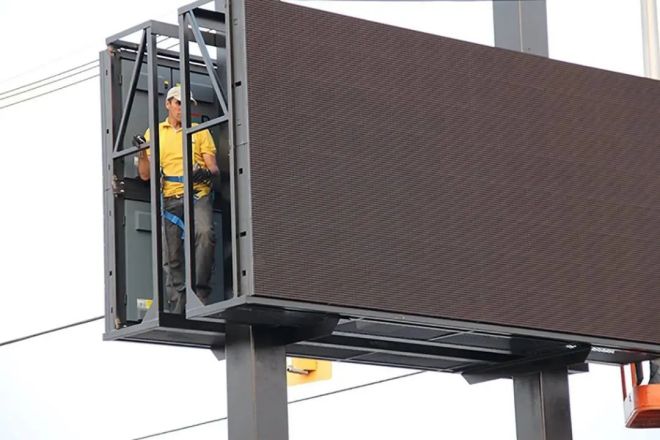
With the rapid development of science and technology, LED display screens have been widely used in many fields with their unique advantages. However, in practical applications, many users often ignore the daily maintenance of the LED display, resulting in various problems during the operation of the display.
Among them, the blind area of daily maintenance is one of the main causes of these problems. These small details that are easy to ignore may have a far-reaching impact on the performance and life of the LED display.
Therefore, this article will show you the blind spot of the daily maintenance of the LED display. Let’s take a look.
1. Why do you need to carry out daily maintenance on the LED display?
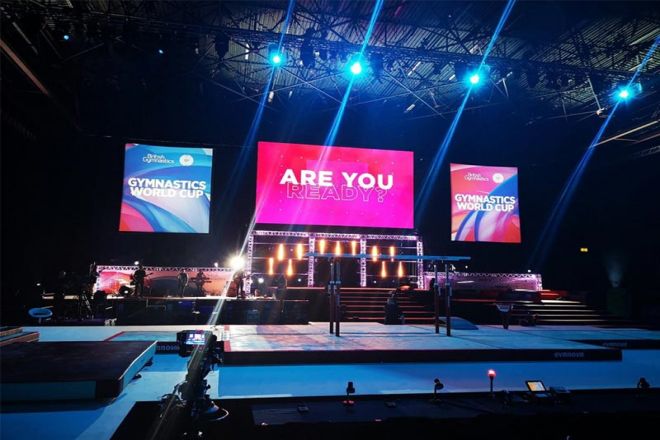
The daily care of the LED display is to keep it in the best working condition and give the audience a better visual experience. Just as we need to wash our face and brush our teeth every day to maintain personal hygiene, the LED display also needs to regularly “wash your face” and “check your body” to keep it healthy.
First of all, if the LED display is not cleaned for a long time, it will become dirty like our faces, and dust and dirt will accumulate on the screen, blocking the original bright picture. Through daily cleaning, we can erase the dirty things on the screen and rejuvenate them.
For example, commercial billboards, stadium displays, etc. These environments make displays susceptible to dust, dirt, oil, and other contaminants.
Uncleaning for a long time will cause these pollutants to accumulate on the screen, which not only affects the display effect but may also cause damage to the screen surface. Therefore, regular cleaning of the LED display is the key to maintaining its clarity and beauty.
Secondly, the LED display will also be affected by the environment. For example, if it works in a place that is too hot or too wet, or the voltage is unstable, it may make it “sick.” Daily care is to ensure that it works in a comfortable environment and avoids being affected by these adverse factors.
For example, excessive temperature or humidity may cause short circuits or component damage in the display, and the instability of voltage and current may also affect the normal operation of the display.
Therefore, daily care of the temperature, humidity, power supply, etc., of the display can ensure that it works in a stable and suitable environment, thus extending its service life.
In addition, the parts inside the LED display will also age or be damaged over time. If we check and maintain it from time to time, these small problems may accumulate and eventually cause the display to not work properly.
Through regular inspection, we can find and solve these small problems in time to prevent them from becoming big problems.
Finally, a clean and bright LED display screen can not only attract an audience but also improve the brand image and leave a better impression on the audience.
2. Details that are easy to ignore in the daily maintenance of LED display
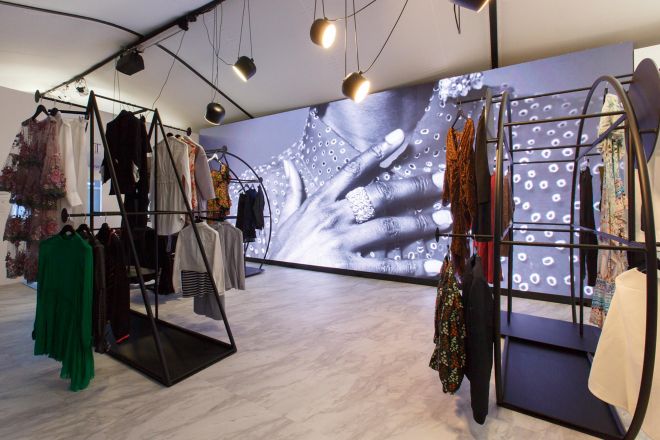
The details that are easy to ignore in the daily maintenance of LED displays mainly include the following aspects:
The first is the inspection of the heat dissipation system. Because the LED display generates heat when working, the normal operation of the cooling system is essential to ensure the performance and service life of the display.
However, in daily maintenance, it is easy to ignore the regular inspection of the heat dissipation system, which may cause problems with the display screen due to overheating.
The second is the monitoring of environmental conditions. LED display has high requirements for temperature and humidity, and unsuitable environmental conditions may affect its normal work.
However, in daily maintenance, it is easy to neglect to monitor and adjust the temperature and humidity of the display environment, which may lead to a decline or damage to the performance of the display.
In addition, the inspection of power cords and cables is also one of the details that is often ignored. The integrity of the power cord and cable is essential for the stable operation of the display.
However, in daily maintenance, it is easy to neglect the regular inspection of these lines. Once the lines are aging or damaged, it may lead to unstable display work or safety accidents.
In addition, thoroughness and cleanliness are also details that can be easily ignored. Although many people regularly clean the LED display, it is often only wiped on the surface without deep cleaning the dust and dirt inside the screen. This incomplete cleaning may affect the display effect of the display and even cause damage to the screen.
Finally, software and system updates are also maintenance details that are often ignored. With the continuous progress of technology, the software and systems of LED display screens need to be constantly updated to meet new needs and environments.
However, in daily maintenance, it is easy to ignore the regular updates of software and systems, which may lead to limited functions or security risks for the display.
3. How do you maintain details that are easy to ignore?
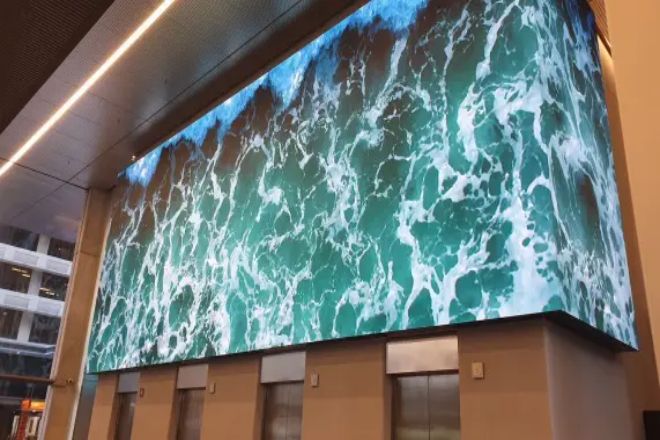
In view of the problems that are easy to ignore in the daily maintenance of the LED display mentioned above, the following are some recommended maintenance methods:
- Inspection and maintenance of the heat dissipation system:
Regularly check the working status of the cooling fan to ensure its normal operation without clogging or damage.
Clean the dust on the heat sink and heat sink to ensure that the heat dissipation channel is unimpeded.
If necessary, you can add heat dissipation equipment or adjust the placement of the display screen to improve the heat dissipation effect.
- Monitoring and adjustment of environmental conditions:
Install a thermo hygrometer to monitor the temperature and humidity of the display environment in real time.
According to the requirements of the display screen, adjust the air conditioner or humidifier and other equipment to ensure that the ambient temperature and humidity are within the appropriate range.
Avoid placing the display in direct sunlight or humidity to reduce the impact of environmental factors on the display.
- Inspection and replacement of power cords and cables:
Regularly check the appearance of the power cord and connection cable to see if it is damaged, aging, or loose.
Professional tools are used to check the connection of the line to ensure that the power supply and signal transmission are normal.
If a damaged or aging line is found, a new power cord or connection cable should be replaced in time.
- The thoroughness of cleanliness:
Use professional detergent and soft dry cloth for cleaning, and avoid using cleaners containing chemical ingredients or rough cloth.
In addition to cleaning the surface of the display, the interior and back of the display should be cleaned regularly to ensure that there is no accumulation of dust and dirt.
During the cleaning process, pay attention to avoid moisture from seeping into the interior of the display screen to avoid damage.
- Software and system updates:
Regularly check the software and system version of the display to see if any updates are available.
Follow the manufacturer’s guidelines to update the software and system to ensure that the display has the latest functions and security.
During the update process, pay attention to backing up important data in case of data loss.
4. So, how often is the daily maintenance?
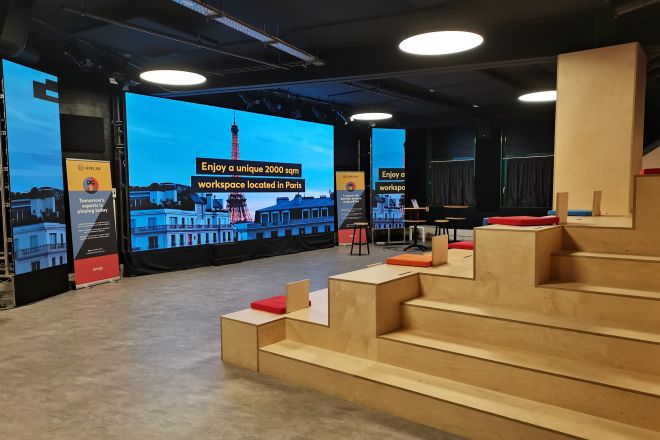
The daily maintenance frequency of the LED display mainly depends on its use environment, frequency of use, and specific maintenance needs.
Generally speaking, considering the external environment and internal working conditions of the LED display, it is recommended to conduct an inspection at least once a month; however, for those LED displays that are used in harsh environments (such as dusty, high temperature, high humidity) or high frequency, weekly or even more frequent inspections may require.
The inspection mainly includes the surface cleaning of the display, the internal environment inspection, and the inspection of hardware and software.
In addition, regular cleaning is also an important part of the maintenance work. For indoor small screens, if the on-site environment is relatively stable, they can be cleaned once a month.
For outdoor or large LED displays, it is recommended to clean them once a week or month to ensure the cleaning of their surfaces and prevent the accumulation of pollutants such as dust.
At a more professional level, such as the inspection of the LED control system, it may be necessary to regularly test its functions to ensure its stable operation. All lines and equipment of the display screen also need to be checked regularly to prevent accidents.
This kind of inspection can be carried out every 7 days or adjusted flexibly according to the actual situation.
Conclusion
There are places mentioned in the above article that are easy to ignore. Have you ever encountered them in your daily maintenance? If so, remember to correct it in time. If you want to know more about the LED display, please get in touch with us.
